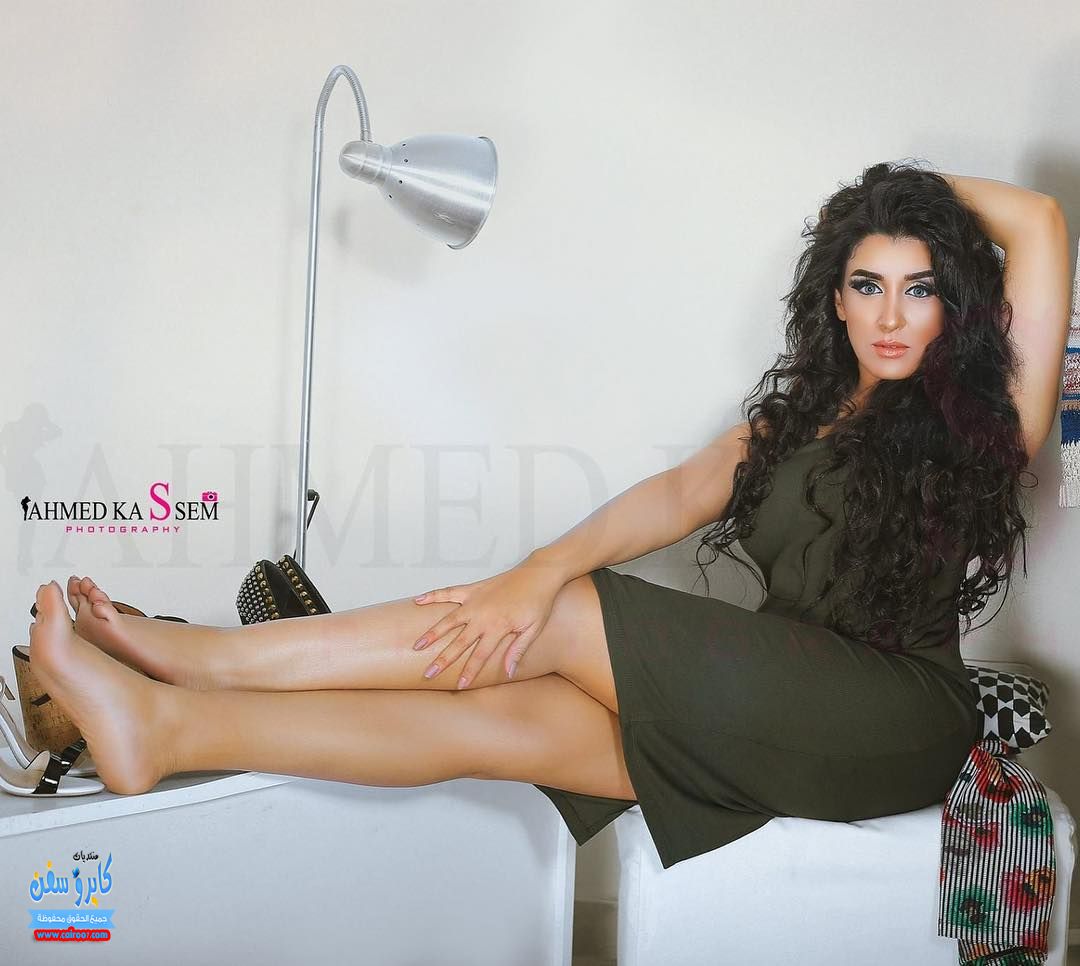Arab feet are more than just a physical attribute; they symbolize a rich cultural heritage that has been shaped by centuries of tradition, art, and history. The way people express themselves through their feet can reveal a lot about their identity, social status, and even their artistic inclinations. From the intricately designed footwear to the historical significance of foot care in Arab culture, there’s so much to uncover about this fascinating topic.
In many Arab countries, feet hold a significant cultural meaning. They are not only a means of movement but also an expression of creativity and style. The appreciation for feet can be observed in various forms, from traditional dance to contemporary art. The Arab world is known for its emphasis on beauty and aesthetics, and feet are no exception. The way they are adorned, treated, and viewed reflects a deep connection to cultural values and practices.
As we delve deeper into the subject of Arab feet, we’ll explore various aspects, including their historical significance, cultural practices, and even modern trends. Join us on this journey as we uncover the stories, traditions, and values that make Arab feet an intriguing subject worth exploring.
What is the Historical Significance of Arab Feet?
The history of Arab feet is intertwined with the evolution of the region's culture. Traditionally, feet have been a symbol of status and identity. In ancient times, the way one cared for their feet and the type of footwear they wore could indicate their social standing. Footwear was often made from luxurious materials and adorned with intricate designs, showcasing craftsmanship and art.
How Did Footwear Evolve in Arab Culture?
Over the centuries, the designs and materials used in Arab footwear have evolved significantly. The transition from simple sandals made of leather to elaborate designs with decorative elements illustrates this evolution.
- Traditional sandals, known as "naal," were commonly worn across the region.
- Today, modern interpretations of these traditional shoes incorporate contemporary designs while retaining cultural elements.
- Footwear made from materials like silk and velvet is often seen in fashion shows, reflecting the ongoing influence of tradition on modern styles.
What Role Do Feet Play in Traditional Arab Dance?
Arab feet are also significant in the realm of dance. Traditional dance forms often feature intricate footwork that highlights the beauty and grace of the performer. The way feet move to the rhythm of the music can convey emotions and tell stories, making them an integral part of the performance.
How Do Cultural Practices Reflect on Arab Feet?
Foot care is an essential part of personal grooming in Arab culture. From regular cleaning to the application of scented oils, the care of feet is often seen as a reflection of one’s self-respect and social standing. In many regions, it's common to see elaborate rituals surrounding foot care.
What Are Some Foot Care Practices in Arab Culture?
Foot care practices vary across different Arab countries, but some common traditions include:
- Regular washing and exfoliation to maintain cleanliness.
- Applying natural oils to keep feet soft and fragrant.
- Using traditional remedies to treat foot ailments or discomfort.
Why Are Arab Feet Considered a Symbol of Beauty?
In many Arab cultures, beautiful feet are celebrated and admired. The aesthetic appeal of feet is often highlighted in art and poetry. Feet adorned with henna or intricate jewelry can symbolize femininity and grace, making them an essential aspect of beauty standards in the region.
Who Are Some Notable Personalities Celebrating Arab Feet?
Numerous celebrities and public figures have drawn attention to the beauty of Arab feet through their work, whether it be in fashion, dance, or art. One such figure is Rania Al-Abdullah, the Queen of Jordan.
| Name | Rania Al-Abdullah |
|---|---|
| Born | August 31, 1970 |
| Nationality | Jordanian |
| Occupation | Queen Consort |
| Notable Work | Advocacy for education, health, and women's rights |
How Has Rania Al-Abdullah Influenced the Perception of Arab Feet?
Queen Rania has often been seen wearing exquisite traditional footwear, which showcases both her royal status and her appreciation for Arab culture. Her appearances and fashion choices have helped elevate the perception of Arab feet, reflecting their importance in cultural identity.
What Modern Trends are Emerging Around Arab Feet?
As the world becomes more interconnected, modern trends surrounding Arab feet continue to evolve. Designers are taking inspiration from traditional styles and incorporating them into contemporary fashion, making them accessible to a broader audience.
- Fashion shows often feature modern interpretations of traditional Arab footwear.
- Social media platforms are showcasing the beauty of Arab feet, with influencers promoting foot care products and traditional designs.
What Is the Future of Arab Feet in Global Culture?
The future of Arab feet in global culture looks promising. As more people become aware of the cultural significance and beauty of Arab feet, there will likely be an increased appreciation for traditional practices and designs. This evolution will not only celebrate the heritage but also pave the way for innovative interpretations that resonate with contemporary audiences.
In conclusion, Arab feet are a profound symbol of cultural identity, beauty, and tradition. From their historical significance to their role in modern fashion, they reflect the rich tapestry of Arab culture. As we continue to explore and appreciate the beauty of Arab feet, we contribute to a broader understanding of the intricate connections between culture, identity, and art.
Unveiling The Life And Journey Of Naomi Mommy
Unveiling The Wonders Of Milk Pedicure: A Luxurious Treat For Your Feet
Discovering The World Of Baby Azai: A Journey Into Innocence And Joy

